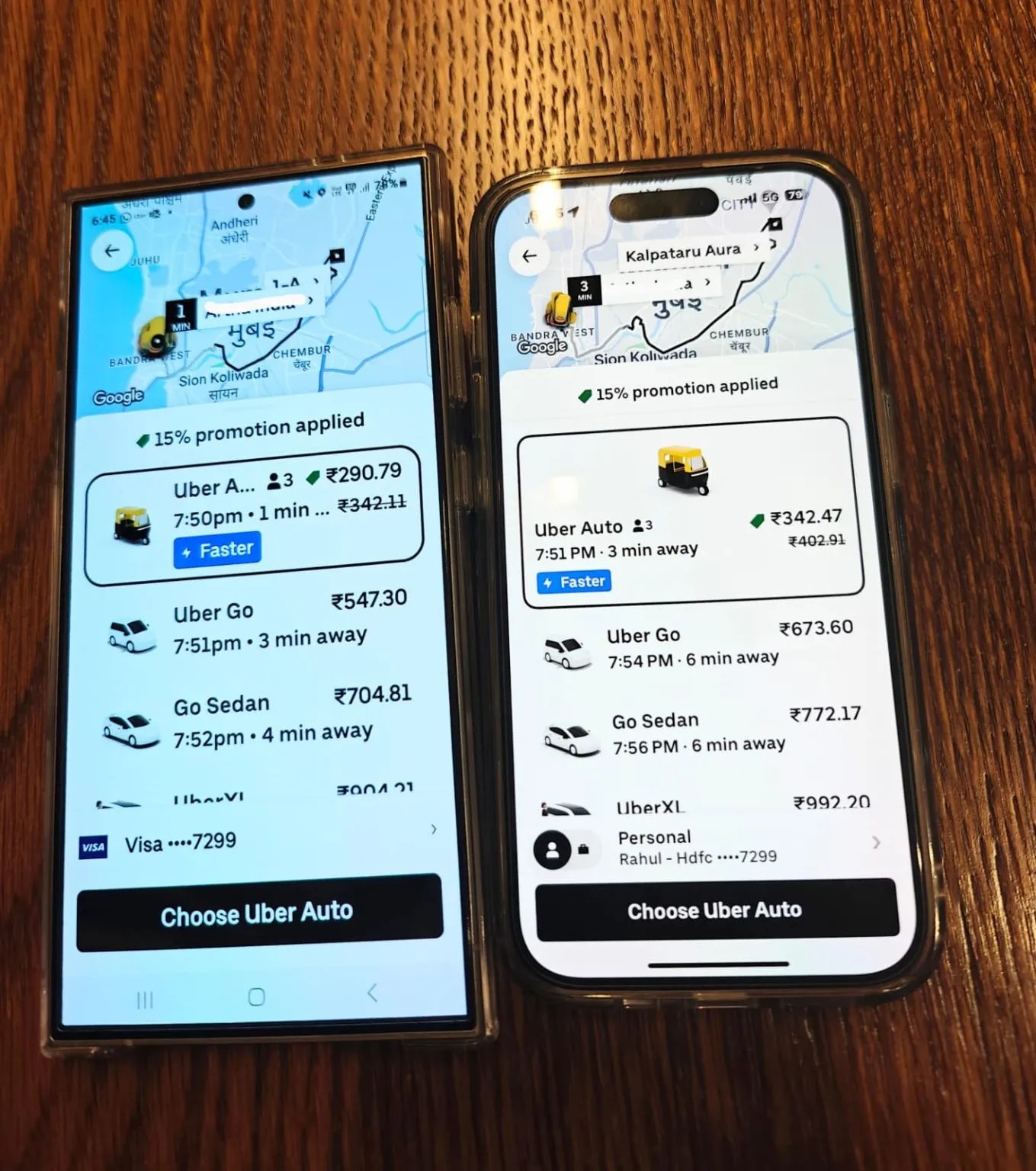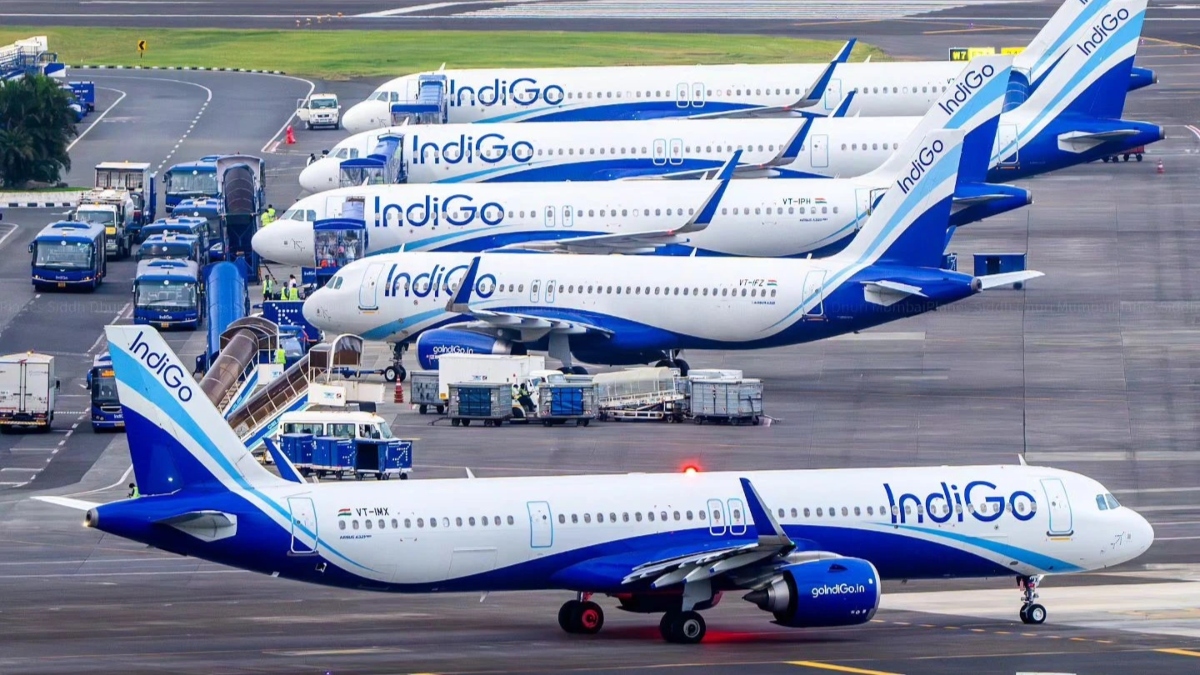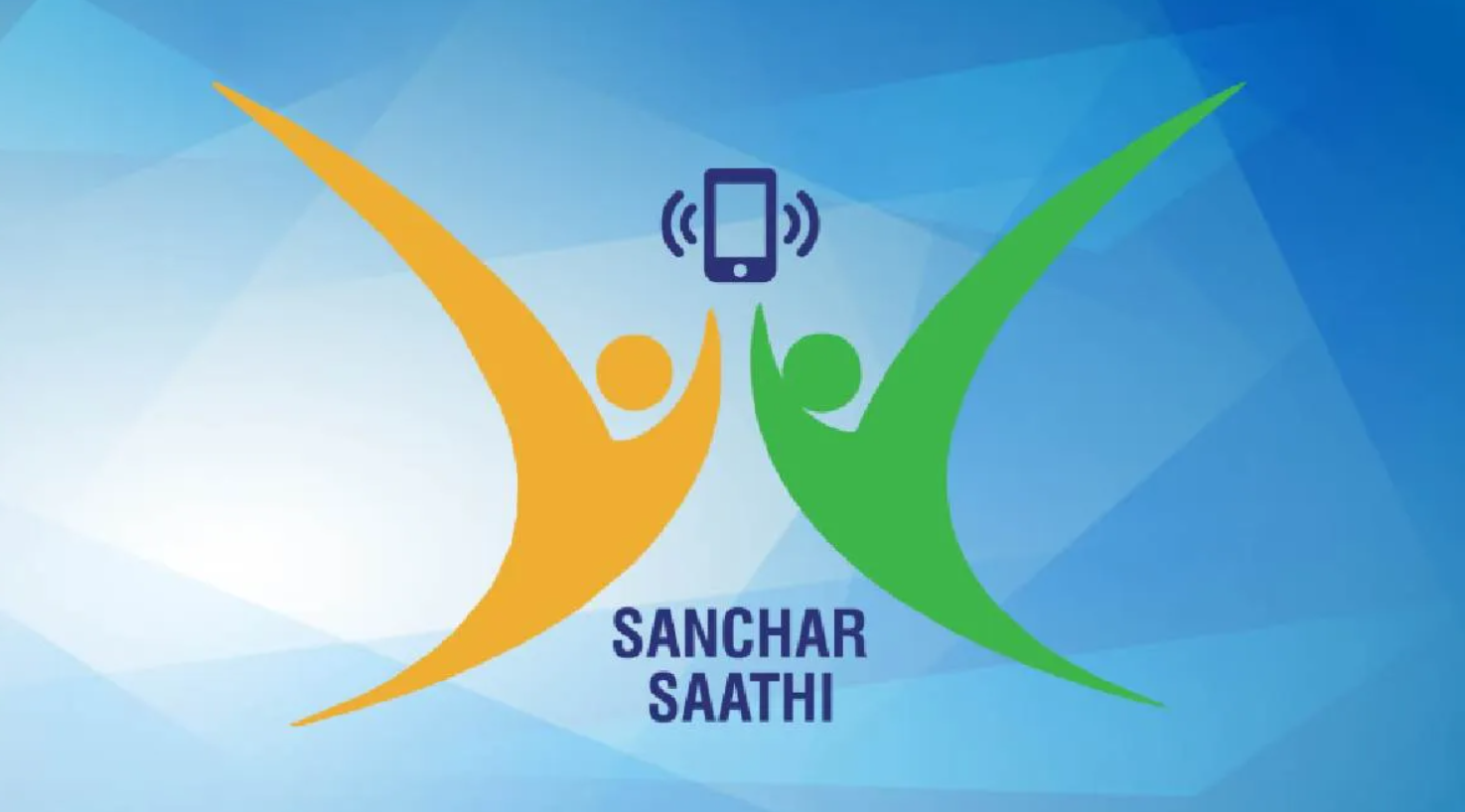
An Indian entrepreneur recently sparked a lively debate on LinkedIn, alleging that Uber charges more for the same ride on iPhones compared to Android devices.
The entrepreneur shared screenshots revealing a fare difference of approximately ₹52, with the Android fare at ₹290.79 and the iPhone fare at ₹342.47.


Source: linkedIn
These claims have raised questions about whether ride-hailing platforms implement device-based pricing to target different customer segments.
Nirali Parekh, founder of a design studio, shared screenshots on her LinkedIn profile illustrating a comparison of two Uber rides booked simultaneously from the same location—one on an Android phone and the other on an iPhone. Despite all other factors being identical, the fare for the iPhone ride was reportedly higher. While Parekh did not accuse Uber of any wrongdoing, she described the situation as an example of “design thinking in action,” suggesting that it could be influenced by data insights and user behaviour.
Parekh pointed out that this situation underscores how ride-hailing and other mobile apps could use user profiles to adjust pricing. She suggested that iPhone users may be perceived as “premium customers,” noted Apple’s 30% commission on in-app purchases, and highlighted dynamic pricing based on user behaviour as potential factors behind the fare difference.
“The real question is: When does personalization enhance the user experience, and when does it cross the line into exploitation? From a design thinking perspective, this approach is about understanding and adapting to user behaviour. For businesses, it’s a smart strategy—leveraging data to maximize value. But for users, it’s a gray area—does this pricing model improve the experience, or does it erode trust?” Parekh wrote.







